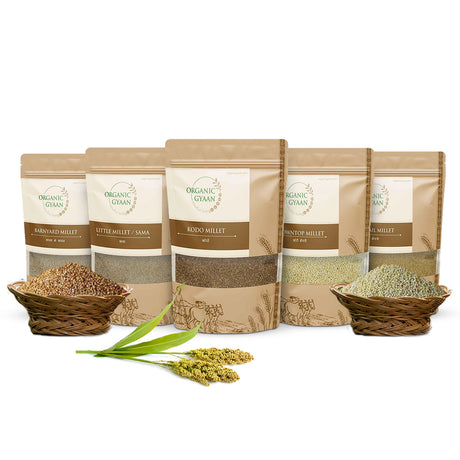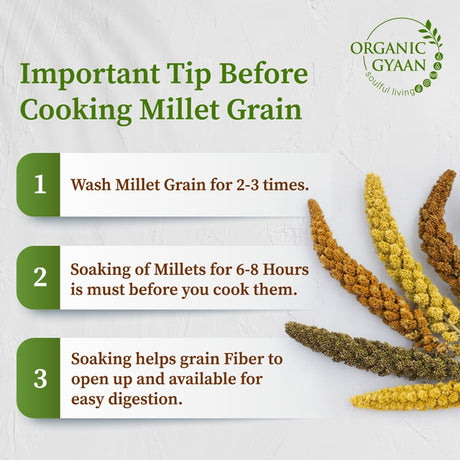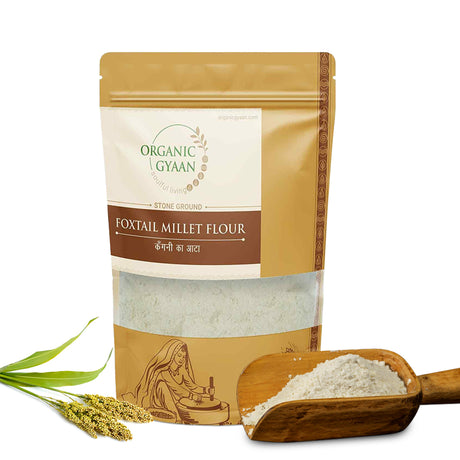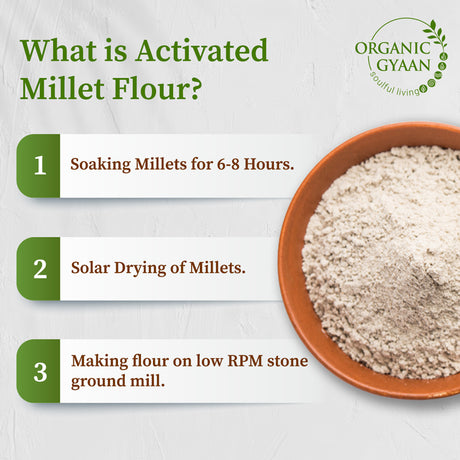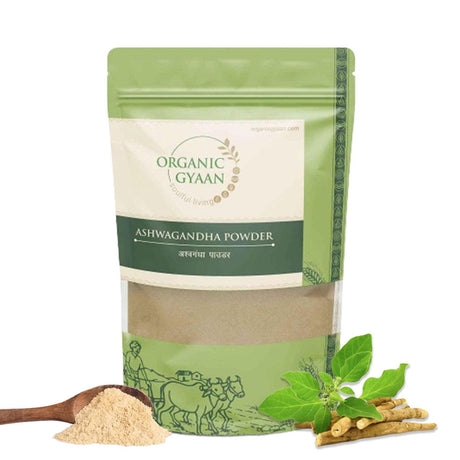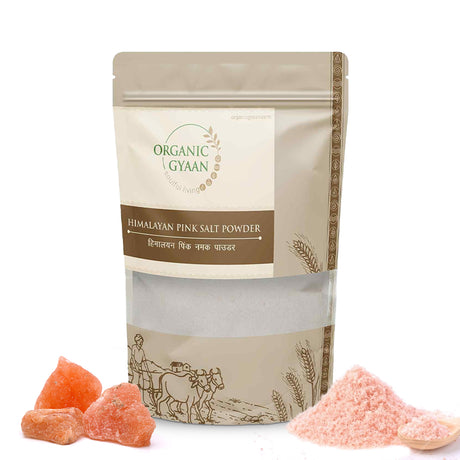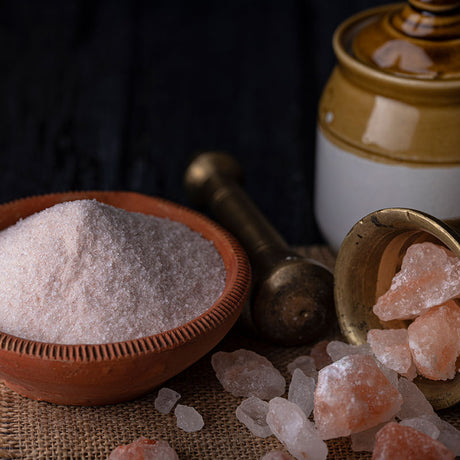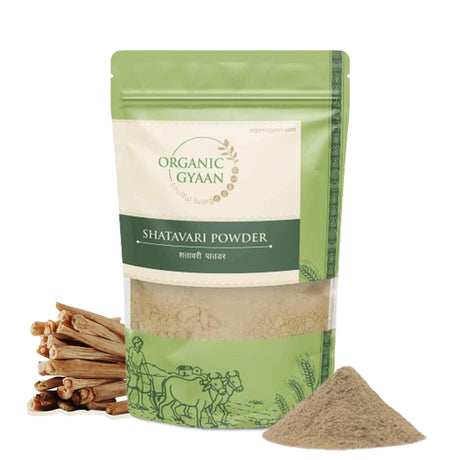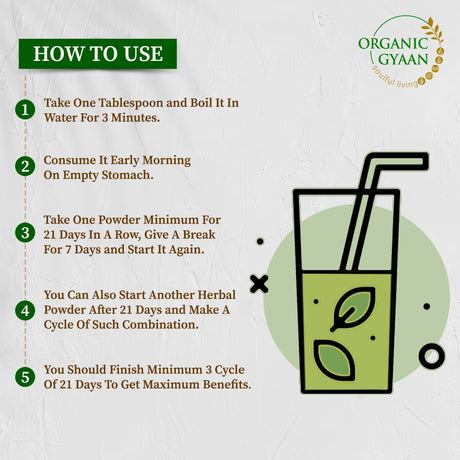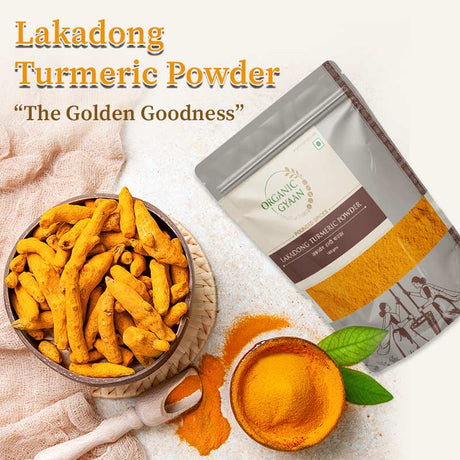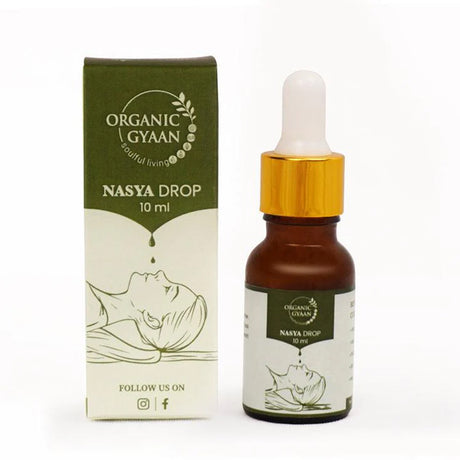Is multigrain atta truly the secret ingredient for a healthier lifestyle? Discover its transformative benefits and composition today.
Understanding Multigrain Atta: A Nutritional Powerhouse
Multigrain atta is a blend of different grains such as wheat, jowar, bajra, ragi, barley, and oats. This wholesome combination provides a rich nutritional profile, making it a popular choice among health-conscious Indians. It offers an array of essential nutrients, including dietary fiber, proteins, vitamins, and minerals. By incorporating multigrain atta into your diet, you can ensure a balanced intake of these nutrients, supporting overall health and well-being.
Historical & Cultural Context
The concept of combining various grains dates back to ancient India, where different cereals were used to prepare traditional breads and porridges. This practice was rooted in the understanding that a diverse diet contributes to robust health. In many Indian households, such combinations were considered vital to ensure a balanced diet. The modern revival in the form of multigrain atta aligns with these traditional practices, offering a nod to our culinary heritage. The integration of regional grains like jowar and bajra reflects the diversity of India's agricultural landscape and culinary traditions.
Ayurvedic Perspective on Multigrain Atta
According to Ayurveda, eating a variety of grains balances all three doshas – Vata, Pitta, and Kapha. Each grain brings its unique attributes: jowar and bajra have cooling properties that pacify pitta, while ragi strengthens bones due to its rich calcium content. Incorporating multigrain atta in your diet can enhance digestion, improve metabolism, and promote overall well-being. Balancing the doshas is key to maintaining body equilibrium and preventing ailments.
Modern Scientific & Nutritional Perspective
The National Institute of Nutrition emphasizes the importance of a balanced diet comprising various grains to ensure a comprehensive nutrient intake[NIN 2022]. Multigrain atta supports these guidelines by providing a diverse array of nutrients, contributing to digestive health, sustained energy, and strong immunity. Scientific studies reveal that the dietary fiber in multigrain atta aids in regulating blood sugar levels, which is crucial for diabetes management[NIN 2022]. Additionally, the presence of antioxidants in these grains helps in reducing oxidative stress, promoting cardiovascular health.
Practical Use Cases and Real-life Benefits
In modern Indian life, multigrain atta is more than just a health trend. It supports digestion, helps in weight management, and provides sustained energy throughout the day, making it ideal for busy lifestyles. Anisha from Mumbai shares, "Switching to multigrain atta has brought a noticeable difference in my energy levels. My family enjoys the delicious rotis, and I feel satisfied knowing we're eating healthy." Apart from daily meals, multigrain atta is an excellent choice for those engaged in physically demanding jobs or fitness regimes, offering them the necessary energy boost and nutrient support.
Comparison Table: Multigrain Atta vs. Regular Wheat Atta
| Aspect | Multigrain Atta | Regular Wheat Atta |
|---|---|---|
| Nutritional Value | High in fiber, vitamins, minerals | Moderate nutritional value |
| Digestive Health | Promotes better digestion | Lacks diverse fiber sources |
| Energy Levels | Provides sustained energy | Short-term energy boost |
| Heart Health | Rich in antioxidants | Fewer antioxidants |
| Weight Management | Helps in weight control | Limited effect on weight |
Myths vs Facts
While multigrain atta is celebrated for its health benefits, misconceptions continue to circulate:
Myth: Multigrain atta is difficult to digest.
Fact: On the contrary, the high fiber content in multigrain atta aids in digestion and promotes a healthy gut. It regulates bowel movements, reduces bloating, and enhances overall digestive health[NIN 2022].
Myth: Multigrain atta lacks taste.
Fact: When prepared properly, multigrain atta offers a delightful taste, enriched by the natural flavors of various grains. The diversity in grains adds a unique texture and flavor that is often more appealing than regular wheat atta.
Myth: All multigrain products are the same.
Fact: Multigrain products can vary widely in their composition of grains and nutritional quality. It is important to choose brands that list whole grains as primary ingredients and avoid those with fillers or excessive additives.
Recipe: Multigrain Roti
Enjoy this easy-to-make multigrain roti that is both nutritious and delicious. Ideal for busy families, this recipe offers a wholesome meal option that can be paired with a variety of dishes.
- Ingredients: 1 cup multigrain atta, water, and a pinch of salt.
- Mix the atta and salt in a bowl. Gradually add water and knead into a smooth dough.
- Let the dough rest for 15 minutes. Divide it into small balls.
- Roll the balls into thin rotis and cook on a hot tava until golden brown spots appear.
- Serve hot with a dollop of A2 Ghee for added flavor and nutrition.
For additional flavor, you can add finely chopped methi leaves or spinach to the dough before rolling, making it a nutritious choice for both breakfast and dinner.
Buyer's Guide: Selecting Quality Multigrain Atta
When choosing multigrain atta, look for a product with a variety of whole grains. Check for labels indicating no added preservatives or artificial flavors. Famous Indian brands include Patanjali, Aashirvaad, and Annapurna, which have garnered trust for maintaining quality standards. Store the atta in a cool, dry place to maintain its freshness and nutritional quality. Consumers should be aware of terms like 'whole grain' and 'multigrain', ensuring that the product is free from fillers and primarily composed of nutritious whole grains.
Case Studies: Success Stories
Rajesh, a corporate professional from Delhi, shares that incorporating multigrain atta into his diet helped reduce his cholesterol levels significantly. "I was struggling with high cholesterol and was advised by my nutritionist to switch to multigrain foods. After six months of maintaining this diet, my cholesterol levels have decreased, and I feel more energized," says Rajesh. His story and many others like it underscore the health benefits of this power-packed grain blend. Another testimony from Meenal, a homemaker in Bangalore, relates how her family enjoys the taste and health benefits of multigrain parathas, making mealtime a delightful and nutritious affair.
Practical and Actionable Tips
- Introduce multigrain atta gradually into your diet to allow your digestive system to adjust to the increased fiber intake.
- Experiment with different recipes like multigrain pancakes or flatbreads by incorporating seasonal vegetables and spices.
- Use multigrain atta in baking to create healthier versions of bread, cookies, and muffins by replacing refined flour.
- For those with gluten sensitivity, ensure the multigrain atta used is gluten-free by checking ingredients for grains such as rice, corn, or millet.
Additional Scientific Insights
The blend of grains in multigrain atta is beneficial not just for digestion but also for improving heart health. A study published in the Indian Journal of Nutrition highlighted how diverse grains contain polyphenols, which are natural plant compounds with antioxidant properties that help in reducing inflammation and supporting cardiovascular health[IJN 2022].
Moreover, the iron content in grains like bajra and ragi plays an essential role in preventing anemia, a common concern in India, especially among women[NIN 2022]. Ensuring adequate iron intake is vital for maintaining energy levels and cognitive function.
Conclusion & Gentle CTA
Embrace the wholesome goodness of multigrain atta in your daily diet for a healthier lifestyle. Its diverse nutritional profile supports your body's needs, making it an indispensable part of your pantry. Discover a range of natural ingredients on Organic Gyaan and transform your meals into nutrition-rich experiences. Whether you're a fitness enthusiast, a busy professional, or a mindful parent, the benefits of multigrain atta cater to all, helping you lead a balanced and healthy life.
FAQ
What makes multigrain atta healthier than regular wheat atta?
Multigrain atta includes a variety of grains, offering a broader spectrum of nutrients compared to regular wheat atta.
Can I use multigrain atta for other recipes besides rotis?
Absolutely! Multigrain atta can be used for making parathas, puris, and even baked goods like breads and muffins.
Is multigrain atta suitable for people with gluten intolerance?
It depends on the grains included in the mix. Some may contain gluten, so it is essential to check the ingredients if you have gluten intolerance.
```

